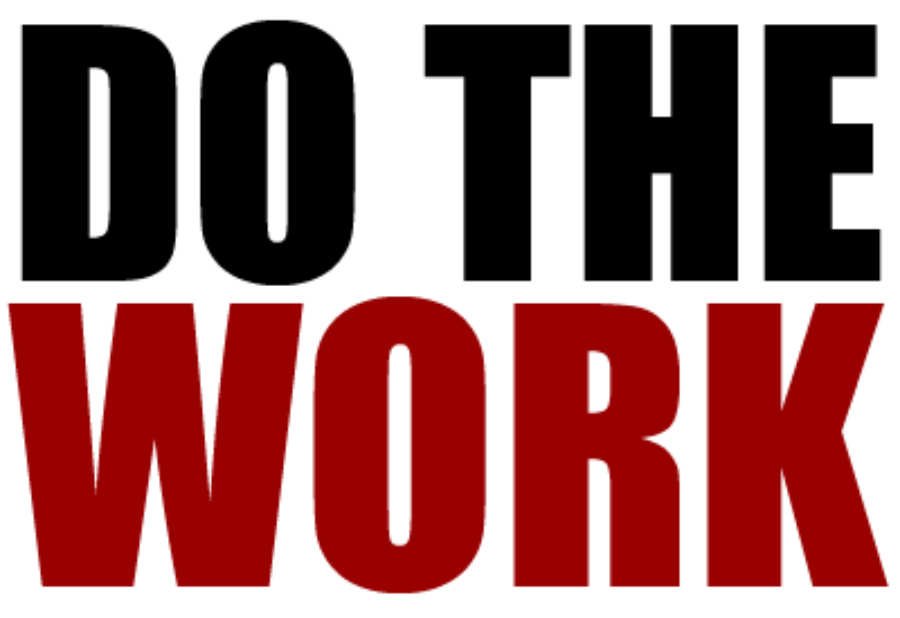Address
304 North Cardinal St.
Dorchester Center, MA 02124
Work Hours
Monday to Friday: 7AM - 7PM
Weekend: 10AM - 5PM
Address
304 North Cardinal St.
Dorchester Center, MA 02124
Work Hours
Monday to Friday: 7AM - 7PM
Weekend: 10AM - 5PM

On one level, as an earlier essay exposed, the work of change leadership is to ensure impacted personnel change their behaviour as needed. Change managers execute techniques to gain this conformity. In this instalment, I’d like to explain why this work—so simply stated—is not, I repeat, NOT, for the the faint of heart. (At least not if succeeding is a consideration.)
Creating and sustaining behaviour change within an organization, especially on a broad scale, is a multifaceted endeavor influenced by the nature of the behaviour, the individuals involved, and the organizational culture and structure. It is, in a word, hard.

Never mind the myriad techniques and tactics for behaviour change identified previously. There are five broad reasons why this domain of work is daunting. Each reason is itself collectively deep. Each warrants elaboration separately. For now, however, we’ll give voice to the five aggregate reasons.[1]
Why is change leadership/management hard?
Of course, all jobs can be challenging. But assuming a basic level of skill and ability, change management/leadership is always challenging for everyone because it’s always different. Even when some aspects are consistent—such as resistance—the forms and causes are almost always situational and based on timing.
Complicated means there are many moving parts and pieces that need attention—typically all at once (holistically). Think “Rolex.” The leadership or top-level management of change does not afford the luxury of “doing things when we get to them.” The change leader/manager’s to-do list is always long with everything threatening to be a make-or-break priority if ignored.
Different than complication, complexity is when even a few independent parts can affect each other unpredictably. Think “weather.” Change leadership/management usually has many elements (see above) that affect each other in unique ways depending on circumstance, sequence, and human unpredictability. Complex systems need constant attention not because there’s so much happening but because what may happen is indeterminate. It is, in a word, risky.
No other work or role in an organization is as troubled by, dependent on, and subject to organization culture as is change. Especially if the project and change are contrary to prevailing culture. Other work considers the culture as a part of the environment and structure for its work then adjusts to account for it. Change of behaviour has that PLUS the culture may itself be a target of the change.
By intense I mean deep or detailed. The primarily understood functions of change management (communications and training) require depth of expertise. The expectation to get alignment of stakeholders at all levels of the organization is UN-level diplomacy and effort. And, ignorant top-down directive not only doesn’t work, it is often suboptimal when it does. So, engagement and expectation-setting (at all levels) requires the delicacy and balance of a Walenda.[2]
The work to create and sustain behaviour change in organizations is challenging, complicated, and complex. It’s frustrated by culture and requires specific, deep skills. While some principles and strategies can guide the process, each organization is unique, and interventions often need to be tailored accordingly. It requires a mix of strategic planning, adaptability, and a deep understanding of human behaviour and organizational dynamics.
Institute X is a transformation leadership consultancy and transformation/change leader coaching firm. One of its online presences is The Change Playbook. Be sure to check out the abundance of practical and pragmatic guidance for all aspects of making change happen. Subscribe to be notified of new, fresh content.
[1] It strikes me that although it’s not especially necessary anymore, as change management is well appreciated, this essay provides five “elevator pitch”-ready explanations for conferences, all-hands, and other networking meetings… and interviews.
[2] Look it up.